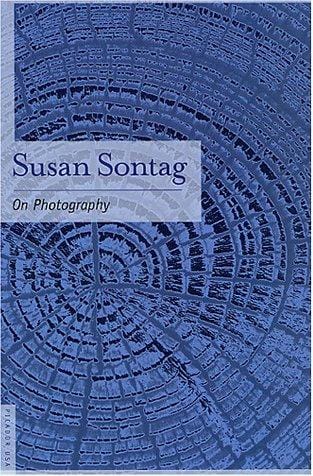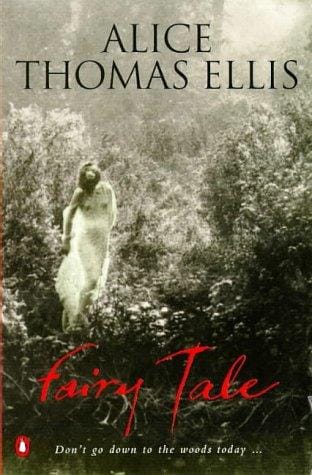On Photography: From Light to Story
Explore the history, techniques, ethics and storytelling power of photography in this 800-word guide to mastering light and vision.

Introduction: The Language of Light
Photography, literally writing with light, has evolved from a scientific curiosity in the nineteenth century to one of the most democratic art forms of the twenty-first. Whether we capture a once-in-a-lifetime expedition or a steaming mug of morning coffee, each frame translates the world into a frozen moment that can be revisited, studied, and shared. This article explores how photography developed, the techniques that shape it, and the stories it continues to tell.
A Brief History of the Camera
The journey began with the camera obscura, a darkened room or box that projected the outside world through a pin-sized aperture. Early inventors like Nicéphore Niépce and Louis Daguerre replaced fleeting projections with fixed images by coating metal or glass plates in light-sensitive chemicals. George Eastman’s roll film and Kodak box camera later placed photography in the hands of the general public, while the digital revolution turned every smartphone into a pocket studio. Each technological leap lowered barriers, allowing countless new voices to enter the visual conversation.
Art Versus Craft: A False Divide
A long-standing debate pits photography’s mechanical side against its artistic aspirations. Because a machine assists in creating the image, skeptics once denied photographs the status enjoyed by paintings or sculptures. Yet the camera is merely a tool; the photographer still chooses framing, timing, and intent. From Ansel Adams’s meticulously exposed landscapes to Cindy Sherman’s staged self-portraits, history proves that vision, not equipment, defines art. Technique enables expression, but expression makes a photograph endure.
The Power of Composition
Good composition directs the viewer’s eye and conveys mood. The rule of thirds, leading lines, symmetry, and negative space are foundational guidelines, but they are not shackles. Breaking these rules intentionally can create tension or surprise, reinforcing a narrative. Consider Henri Cartier-Bresson’s “decisive moment,” where geometry, light, and action converge for a split second; without compositional awareness, such moments pass unnoticed.
The Technical Fundamentals
Modern cameras, whether mirrorless or a smartphone sensor, still rely on three variables known as the exposure triangle—aperture, shutter speed, and ISO. Mastery of these settings separates accidental snapshots from deliberate imagery:
Aperture controls depth of field, allowing photographers to isolate a subject against a soft background or keep an entire vista razor sharp.
Shutter speed freezes motion or reveals it. A fast 1/1000 second captures a hummingbird’s wings as crisp blades, while a long exposure turns city traffic into luminous streams.
ISO determines light sensitivity. Raising ISO brightens low-light scenes but introduces noise, a digital grain that can either detract from or add character to an image.
Balancing these settings demands both technical knowledge and creative foresight. The process is iterative: envision the final look, adjust exposure, evaluate, and refine.
Light: The Invisible Sculptor
Photography cannot exist without light, and quality of light often defines quality of image. Soft golden light shortly after sunrise or before sunset—the “golden hour”—wraps subjects in warmth and flattering contrast. Midday sun is harsher, but can emphasize texture or convey relentless heat. Artificial sources, from studio strobes to a phone’s flashlight, give photographers control when the sun sets. Learning to read, shape, and sometimes create light is a lifelong pursuit.
Storytelling Through Images
The most compelling photographs transcend aesthetics; they communicate. Dorothea Lange’s portrait of migrant mother Florence Owens Thompson distilled the despair of the Great Depression into a single frame that echoed across a nation. Contemporary photojournalists continue the tradition, bearing witness to global events and often risking safety to document truths. Outside journalism, family albums record personal histories, and social media feeds construct evolving autobiographies. Every photograph is a statement: This mattered enough for me to press the shutter.
Sequencing and Series
While one image can suggest a narrative, sequences deepen it. Photographers like Alec Soth and Nan Goldin build visual essays where each frame is a chapter. Editing and arranging photos—deciding what to show, hide, and in what order—turns disparate moments into a coherent story arc, much like sentences form paragraphs.
Ethics and Responsibility
The ease of image manipulation raises questions about authenticity. Removing power lines from a landscape may be harmless, but adding smoke to a war zone image changes history. Transparency about post-processing guards trust. Consent is another ethical cornerstone: subjects deserve respect and, when possible, agency over how their likeness is used. Street photographers often navigate gray areas, balancing candid expression with privacy rights.
The Future: Beyond the Frame
Emerging technologies such as computational photography, augmented reality, and AI-generated imagery blur the line between capture and creation. Yet the essence remains: photography is about perception, connection, and memory. Tools will evolve, but the impulse to preserve and share human experience endures.
Conclusion: Keep Looking, Keep Shooting
On photography is ultimately about being present—seeing light, shadow, and emotion where others might not. Whether you wield a vintage film camera or the latest smartphone, practice cultivates vision. Learn the rules, break them thoughtfully, respect your subjects, and photograph with intention. The world is waiting to be seen through your unique lens.



